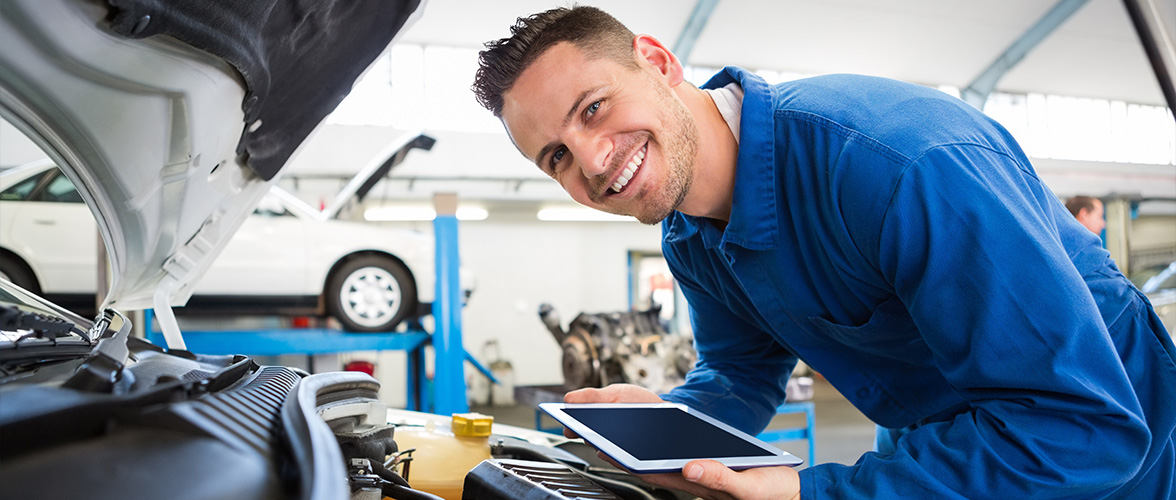All Categories
Featured
Brakes are arguably the most essential safety attribute of any type of vehicle. Without reliable brakes, even one of the most powerful vehicle can come to be a threat when traveling. That's why regular brake evaluations are a have to for ensuring your vehicle stops when you require it to. Following a correct brake examination schedule can not just maintain you secure but additionally assist you stay clear of pricey fixings. Here's an in-depth overview on how to properly check your brakes and what to keep an eye out for.
- The Importance of Routine Brake Inspections. Brakes undergo continuous damage with every use, whether you're driving at high speeds on the freeway or cruising through city roads. With time, brake pads, rotors, and various other components use down, which can influence braking efficiency. Without regular assessments, you may not discover the progressive reduction in performance until it's far too late.
Regular brake examinations allow you to capture problems early, guaranteeing that your brakes continue to be responsive, trustworthy, and safe. Prompt assessments can additionally save you money by dealing with small problems before they end up being expensive repairs.
- Common Indicators That Your Brakes Need Focus. While routine brake inspections are necessary, there are some caution signs you can keep an eye out for to know when it's time to schedule a check-up:
Squealing or Grinding Sounds: Piercing squeaks or grinding noises when using the brakes are frequently signs that your brake pads are broken and need replacement. Resonance or Pulsation: If you really feel resonances in the steering wheel or the brake pedal, it can suggest distorted rotors, which may require resurfacing or changing. Soft or Mushy Brake Pedal: If the brake pedal feels abnormally soft or spongy, there might be air in the brake lines or a problem with the master cyndrical tube. Pulling away: If your automobile draws to one side while braking, this can be triggered by irregular brake pad wear or a concern with the brake liquid. Increased Quiting Distance: If it takes longer to quit than common, it might show that the brake pads are put on, the fluid is reduced, or the blades are harmed. If you observe any of these signs and symptoms, it's finest to have your brakes examined promptly.

- Secret Components Checked Throughout Brake Inspections. During a brake evaluation, a service technician will certainly check a number of essential components of the braking system to ensure everything is functioning correctly. Right here are the essential components included:
Brake Pads: One of the most common reason for poor braking efficiency is worn-out brake pads. Inspecting the density of the pads is a priority throughout every examination. Brake Rotors: Blades ought to be smooth and without grooves or fractures. Any kind of substantial damage to the rotors might lead to jeopardized stopping performance and unequal pad wear. Brake Liquid: Reduced or polluted brake liquid can impair stopping performance. The specialist will certainly check the liquid levels and quality and change it if required. Brake Lines and Hoses: Brake lines must be totally free of leaks or splits. Any kind of damage to the lines can result in loss of brake fluid, leading to brake failure. Brake Calipers: The calipers use stress to the brake pads. They should be checked for indications of wear or leakages to ensure they are functioning correctly. Regularly examining these parts assists keep your brake system in peak problem, allowing you to quit your vehicle securely and efficiently.
- How Often Should You Have Your Brakes Inspected? The basic recommendation is to have your brakes inspected a minimum of yearly or every 12,000 miles, depending on your driving habits. Nonetheless, particular driving problems might call for more constant inspections:
Hefty Website Traffic: If you typically drive in stop-and-go website traffic, your brake pads will certainly put on down much faster. Hill Driving: Driving on steep roads needs even more regular stopping, which can cause your brakes to put on much more quickly. Towing or Hauling Heavy Plenties: If you frequently carry heavy tons, your brakes will experience extra stress and call for even more constant evaluations. If you observe any of the indication mentioned previously, don't await the next scheduled inspection-- have your brakes inspected immediately.
- The Effects of Disregarding Brake Inspections. Disregarding regular brake inspections can lead to serious effects. A stopping working brake system could result in lowered quiting power, which enhances your risk of crashes.
In the worst case, driving with harmed brakes can bring about finish brake failure, putting you and various other drivers in jeopardy. Routine brake evaluations are a tiny investment that can conserve your life and protect against pricey repair work.
- Verdict: Remain Safe with Routine Brake Inspections. Brakes are not something you desire to take possibilities with. A trustworthy stopping system is vital for risk-free driving, and normal brake assessments are a simple way to make certain that your vehicle stops when you require it most. By remaining on top of brake maintenance, expecting warning indicators, and having your brakes inspected at the suggested intervals, you'll safeguard both your automobile and your security.
Do not wait till your brakes start to stop working-- schedule regular brake evaluations and maintain your car in ideal problem for several years to find.
Latest Posts
Tire Alignment Services Today! at MO
Transform Your Washroom easily
Consumer Success Stories/Testimonials Area
